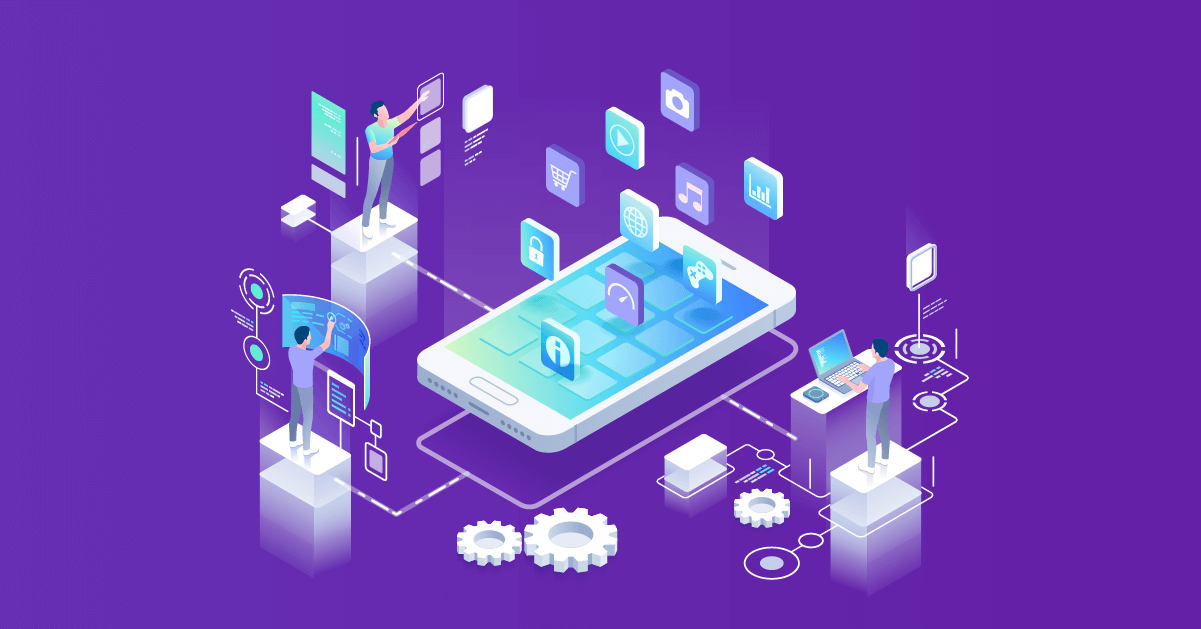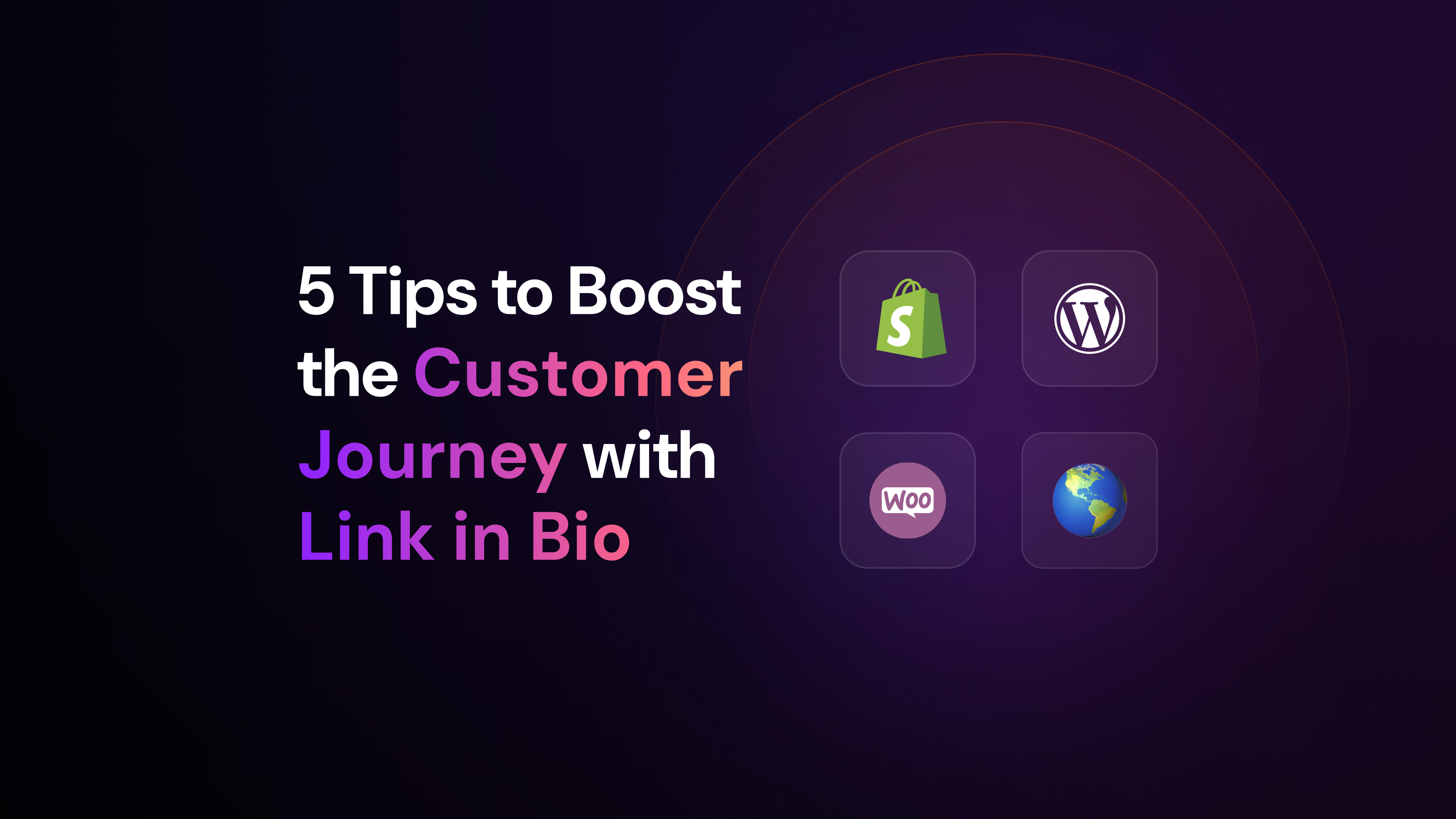Why should you invest in a Customer Data Platform? They are revolutionizing the business market, and there’s a reason for it. This system gathers all customer data into a singular font and creates a supreme tool to gain a competitive edge by providing unique and excellent CX.
The future of marketing is working primarily with customer data. This is already happening and has been occurring for a few years now. Data can talk about identity, contact, and even demographic information. But most importantly, online behavioral data is the factor that really makes a difference in understanding how to converse with the audience.
On top of that, data also generates knowledge about the market. So, more than getting to know the consumer, you understand better how to position the brand to attract the public’s attention. Working around the consumer requires a means to control all the information received. As consequence, the Customer Data Platform software was developed.
The CDP system gathers data from all available sources and organizes it in a database. Then, marketing and sales professionals can easily access that information and work on content creation. Besides, it provides insights for campaigns and new products (or modernization of existing products).
Read on to learn more about the importance of having a Customer Data Platform and how it helps businesses grow.
#Subscribe and stay on top of the news on our blog
Why is the Customer Data Platform so important?
A Customer Data Platform is a software designed to collect online and offline data. It deals with three main objectives: collect, analyze, and execute data. Though it was specially developed for marketing teams, it can still be used for other sectors inside a company.
With the organization of all available data, a marketing team’s work will be a lot simpler. By the way, the information contained inside a CDP comes from various sources: website, in-apps, social media, etc. One of the reasons the Customer Data Platform was created was to have all of the data generated from multiple sources gathered into one singular system.
The aim of putting together all information available about customers is to understand them better. The importance of knowing your consumer is undeniable, and the CDP can create an ideal consumer profile from the data collected.
This means marketing teams have a goldmine in their hands. From the information found within this software, these professionals will know exactly who to talk to, how to speak, and even the best time.
Also, Customer Data Platforms work with real-time data collection. In other words, it gathers data from the first interaction of a user with the brand — whether that’s a visit on the website or an engagement on social media. And it’s not only about the information they share with the brand, like names and emails. So, even if that user doesn’t share anything at the start, their online behavior is already being stored.
It’s worth mentioning that everything is automated in the CDP, from the collection to analysis and database storage. Therefore, marketing professionals have to access the system and start creating content and campaigns.
Why work with customer data?
The reason to acquire a Customer Data Platform for your company is to work with customer data. In this scenario, you can pretty much ask yourself, “why to work with data collection at all?”. The answer to that question could not be more clear: to provide a better customer experience.
Have you heard about the customer-centric strategy? That’s a method of putting the customer in the center of every decision which most companies use nowadays. The reason for that is simple: customers are more demanding than ever before.
Because the internet has so much information available, it’s harder to create a product or service that will make a person become a customer. Or, even more, make a customer loyal to the brand.
The only way to get to know the consumer and succeed in giving them the best experience is customer data. That is, all the information a company receives from the interaction with a client. Since these are known facts, working with them avoids speculations that could be way off the real deal.
Additionally, some benefits of managing customer data include better segmentation, personalized communication, broader audience understanding, an increase in revenue, and humanization of the brand.
#Subscribe and stay on top of the news on our blog
That last item is related to what a customer expects from brands. They want the brand to connect and engage with them — just as much as the company wants their audience to interact and communicate too. Customers value their overall experience. It’s much more than only the purchase of a product.
To have a more appropriate data organization, companies invest in platforms that assist in analysis and make their daily work easier. These can include CDMs, CRMs, and CDPs.
What are the types of data?
Of course, to comprehend the best solution for your purpose, you might need a little more information on the types of data that can be collected. Because of that, here’s an explanation about what cookies are and also first-, second-, and third-party data.
Cookies
Cookies are probably the most famous type of data. It’s actually a package of data the computer receives when you first access an online page. After the cookie is on the PC, it will continuously send information to the company every time you access their pages.
More than tracking activities inside their website, cookies also have the function to store information that makes navigation more practical. For example, login and passwords — also called authentication cookies.
Session cookies and tracking cookies are also varieties of cookies that gather when visitors are active, and the number of visits made to the same page, respectively. In addition, they have an important role in saving information for eCommerce. To clarify, if there were no cookies, shopping carts would be reset every time someone left the page to look for more items.
Even though they are so useful, their minute in the spotlight is coming to an end. Mainly because of privacy issues, cookies have become a concern for the audience. For that reason, browsers have decided to end the support of using cookies. Since cookies’ future is basically non-existing, companies are already looking for new ways to gather and access customer data.
First-party
This is the data collected straight from the relationship between customer and brand. Every piece of information gathered by the company itself can be classified as first-party data. It can be generated from monitoring the website, marketing campaigns, social media, etc. But also from website analytics platforms, CRM systems, and business analytics tools.
This is the best type of data to work with. It’s the most trustworthy and reliable data. More than that, it’s also confidential data — since you are collecting it directly from your consumer, no other company will have that same information.
Of course, if there is no customer-brand interaction, no data about that person will be collected. That’s not exactly a downside, but it’s important to mention. That way, if your goal is to expand your audience, first-party data isn’t so recommended.
Second-party
Despite not being so talked about, second-party data is real. It’s essentially first-party data from another company. The idea is that you create a communication with a brand that has the same niche, but different products. Seeing that you’re not competitors, you can share each other’s first-party data and expand the brand’s audience.
This agreement between two companies can be an excellent means to improve your audience targeting as well. Further to this, you might create a bond with a powerful ally in the market.
Third-party
Third-party data can be used for the same purpose as second-party; however, it comes from a different source. That is: the information is bought from an external data provider.
Usually, companies that work with an incredible amount of data can decide to sell this information for other companies. Like most things in life, there are ups and downs. The positive point about buying customer data is that you’ll have a lot to work with, grow your audience, and practice better targeting. Moreover, purchased information is wide-ranging and can be used for several purposes.
On the other hand, this information is not exclusive. There are high chances of your competitor ending up with the same data package as you. This data isn’t so reliable since you don’t know where it came from and from who it is — the information is anonymous. Lastly, there’s also the chance of violating data privacy regulation.
#Subscribe and stay on top of the news on our blog
How to use data-driven marketing with a Customer Data Platform?
The primary intention of using customer data is to manage marketing strategies. This has become so huge these days. We even have a new expression in the business world: data-driven marketing. This is about creating a better experience and communication for the customer through data collected. Sound familiar?
A Customer Data Platform brings some benefits to the company that wants to practice data-driven marketing. For starters, the capacity of originating their own database. This gives the brand more control of sources and customer privacy. Easy access to information and anticipation of customers’ needs also get on the list.
The software will also have processes automated, meaning it’s easier to understand what data is essential and what can be left aside for the moment. As previously mentioned, each type of data is good for a specific strategy. Do you want more audience engagement? Get some first-party data. Do you want to expand your audience? Then work with third-party data.
Nonetheless, if you want to stand out in the market, use a combination of both types of data. That’s the most powerful tool you’ll have in your hands. And you know how it’s called? It’s the Customer Data Platform.
Why should you work with a Customer Data Platform?
There’s a whole list of reasons any company praises growth and customer satisfaction should acquire a Customer Data Platform. Some of those include:
- knowing the consumer
- improving relationship and engagement
- creating tailor-made content
- avoiding data silos
- improving ROI
- boosting predictive marketing
Coming from a wide variety of sources, the compilation of first-, second-, and third-party data into a singular system allows the Customer Data Platform to create the ideal customer profile and also unified customer profiles. Both of which will assist in a brand’s communication strategy.
More than that, the CDP works with real-time updates and connects online and offline data. Can you think of a complete database than this? Acquiring this solution will guarantee you better results in marketing campaigns.
Of course, a Customer Data Platform can be used as more than a marketing tool. It can help sales teams, product development, customer support, and pretty much all company sectors. Arena offers a CDP solution so you can work towards all your goals.
That being said, we want you to thoroughly understand what we do and how to use a CDP to your advantage. Because of that, we’ve created an ebook to explain more about it!
Download it for free now: Customer Data Platform 2020: the future of marketing and sales.



